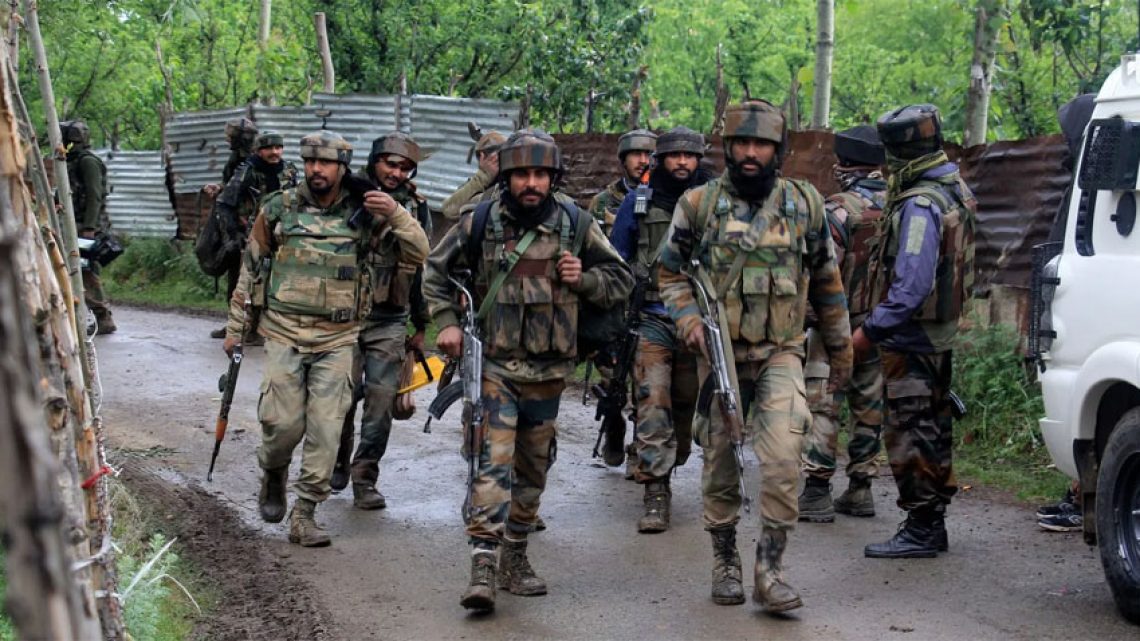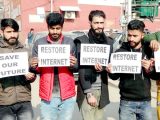
Ongoing Ferocity in IIOJK: Another Youth Martyrdom in Kathua
September 30, 2024In a disturbing continuation of state-sponsored violence, Indian troops have reportedly martyred another Kashmiri youth in the Kathua district of Indian illegally occupied Jammu and Kashmir (IIOJK).
The incident occurred during a cordon and search operation in the Bilawar area. This latest act of aggression highlights the ongoing conflict and instability in the region.
Just a day earlier, violence erupted during the same search operation, resulting in the death of a police officer and injuries to two others. This sequence of events underscores the volatility surrounding military operations in the area.
The cordon and search operation, a frequent tactic employed by Indian forces, aims to root out alleged militants. However, such operations often lead to civilian casualties and heightened tensions among the local population.
Reports indicate that the operation continued as of the latest updates, raising concerns about further violence and potential civilian harm. The environment of fear created by these military actions continues to affect the lives of Kashmiris in IIOJK daily.
This incident is emblematic of the larger human rights crisis in IIOJK, where state actions often result in tragic consequences for the local population. The cycle of violence and retaliation perpetuates a climate of insecurity.
Local and international observers have repeatedly criticized the heavy-handed approach of Indian forces. The use of military tactics in densely populated areas increases the risk of collateral damage, impacting innocent civilians.
The recent events in Kathua add to a long history of unrest and violence in IIOJK. Kashmiris have faced ongoing repression, making the quest for peace and stability increasingly elusive.
Many advocates for Kashmiri rights emphasize the need for accountability regarding these military operations. They argue that without addressing the root causes of conflict, including political and human rights violations, peace remains unattainable.
In conclusion, the martyrdom of another Kashmiri youth serves as a painful reminder of the ongoing wildness in the region. The international community must pay attention to these developments and advocate for a peaceful resolution. Kashmiris deserve the right to live free from fear and violence. The call for justice and human rights must resonate loudly to bring about meaningful change in the disturbed region of IIOJK.

